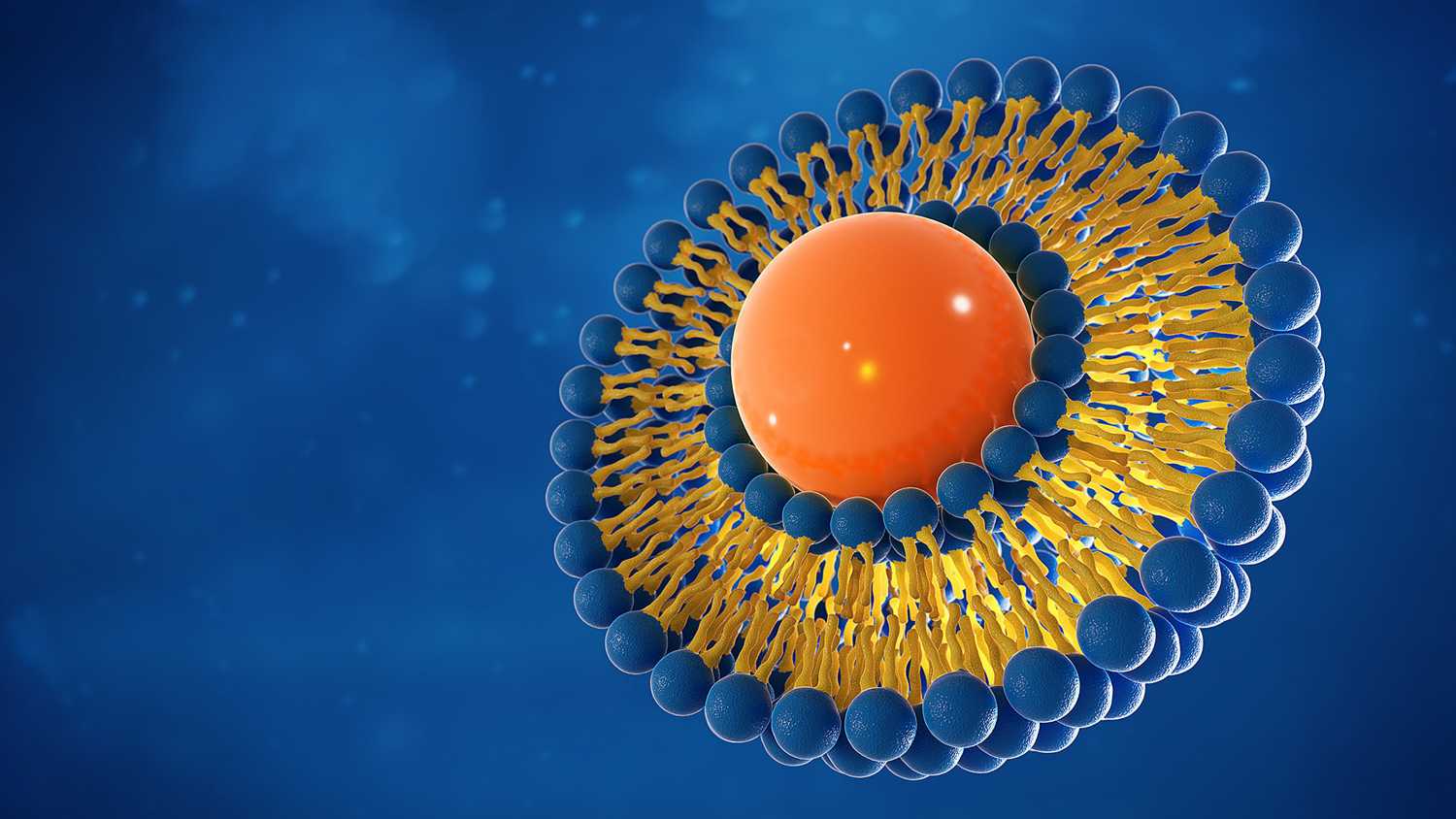|
Method Name
|
Principle
|
Advantages
|
Limitations
|
|
Thin-Film Hydration
|
Lipids are dissolved in an organic solvent, which is then evaporated under rotation to form a lipid film. Hydration of this film produces LipidSync Exosomes.
|
Simple operation, the earliest preparation method.
|
Variable vesicle size, high proportion of multilamellar vesicles, may require sonication or other methods to improve size distribution.
|
|
Reverse-Phase Evaporation
|
Lipids are dissolved in an organic solvent that is immiscible with water; water is added to form a reverse micelle or water-in-oil emulsion, and the solvent is evaporated under rotation to form LipidSync Exosomes.
|
High internal aqueous phase loading capacity, good stability, not prone to aggregation.
|
Contact between drugs and organic solvents may affect drug stability; residual solvents need to be removed.
|
|
Solvent Injection Method
|
Lipids are dissolved in an organic solvent, and the drug solution is rapidly injected into the organic phase to induce LipidSync Exosomes formation.
|
Simple operation, suitable for some insoluble drugs.
|
Difficulty in removing organic solvents, which may affect the stability and safety of LipidSync Exosomes.
|
|
Surfactant Removal Method
|
Lipids are mixed with surfactants dissolved in water to form micelles; LipidSync Exosomes are formed by dialyzing away the surfactant.
|
Does not use organic solvents, gentle operation.
|
Low final particle concentration, possible surfactant residue.
|
|
Microfluidics Technology
|
Precise control of the lipid and aqueous phases in a microfluidic chip allows for rapid mixing and LipidSync Exosomes formation.
|
Precise control over particle size and distribution, controllable production process, suitable for scale-up.
|
High equipment cost and operational requirements.
|











